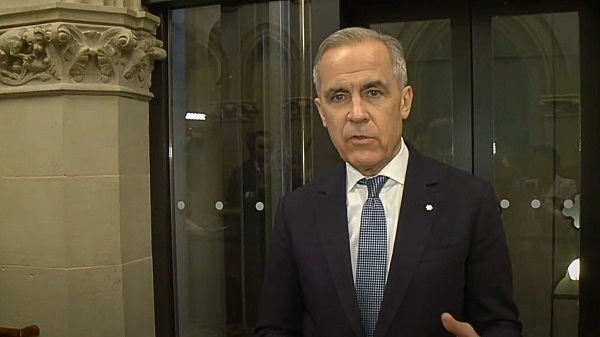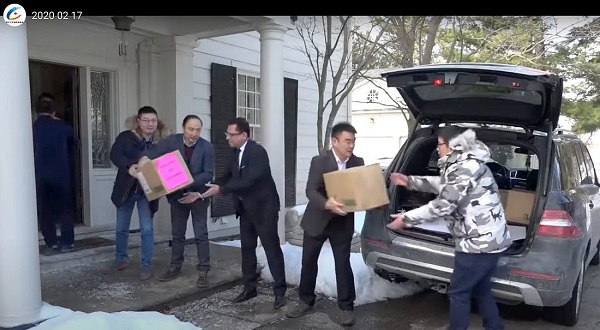Alberta
“A Really Special Place” – Why the Wild Rose Motocross Track is One of a Kind

This summer, as you wander between the breweries and activity centers located in southeast Calgary, pause for a moment – if you listen closely, you may hear the distant rumble of motocross engines as bikes of all sizes careen over jumps and around corners at the Wild Rose Motocross Track.
Located just off Blackfoot Trail in Southeast Calgary, the 88-acre park is backed by the Calgary skyline, a prime piece of land located just minutes from downtown. Founded in the 1960’s as the Blackfoot Motorcycle Park, the track has deep roots in the city of Calgary, and according to WRMA board member David Pinkman, “Few sagas can compete with the wild west history of Calgary’s Wild Rose Motocross Association and its hard-core motocross lovers.”

Photo Credit Eden Schell
In 1984, The Wild Rose Motocross Association (WRMA) was officially formed, and the Blackfoot Motorcycle Park became the Wild Rose. Acting as a major host for a number of national motocross events since the 70’s and nurturing some of Canada’s best professional riders to date, Pinkman argues the “course of Canadian motocross history may not have been the same but for this unique piece of dirt and hills.”
With 7 tracks available including the full-sized Main, East and Hill Tracks, as well as the Extreme Beginner, Mini, Pee Wee, and Enduro Tracks, Wild Rose welcomes riders of all ages and skill levels. “This is the only track of its kind in Canada,” says Michelle McCarthy, newest member of the WRMA board, “It’s right in the centre of the city; it’s got 3 big bike tracks, the smaller tracks and the enduro park. This is a really special place.”
Whether it be your first time on a bike or the day you’re finally going to clear that 15-foot tabletop, the track encourages everyone to come out and ride. “People want to see new riders,” says McCarthy, “they want to see the community flourish. Plus, dirt biking is really, really fun,” she laughs.

Photo Credit Eden Schell
Like countless other Canadian businesses, the Wild Rose Track has taken a hit due to COVID-19, with day pass riders and memberships being significantly down. Open year round – weather permitting – the track normally sees up to 30,000 visits per year. However, due to the pandemic, numbers are currently far lower as the park operates within capacity limits.
As a recreational park on city property, track management wanted to set an example for taking action to reduce the spread of COVID-19, responding rapidly to Alberta Government guidelines by implementing a number of new precautions and preventative measures. This includes constructing wash stations at every track, implementing paperless transactions and COVID-19 symptom screening upon entry to the park, as well as establishing an online scheduling system to limit the number of riders at the track at one time.
In the midst of the new normal, the park remains committed to growing and supporting the motocross community in Calgary and beyond, staying on top of updates that will allow them to return to racing and regular operation as soon as possible. While all spring and summer race series have been cancelled by COVID-19, the WRMA is actively monitoring pandemic updates with the goal of hosting a successful race series this coming fall.
To learn more about the Wild Rose Motocross Association, visit https://www.wildrosemx.com.
For more stories, visit Todayville Calgary.
Alberta
Made in Alberta! Province makes it easier to support local products with Buy Local program

Show your Alberta side. Buy Local. |
When the going gets tough, Albertans stick together. That’s why Alberta’s government is launching a new campaign to benefit hard-working Albertans.
Global uncertainty is threatening the livelihoods of hard-working Alberta farmers, ranchers, processors and their families. The ‘Buy Local’ campaign, recently launched by Alberta’s government, encourages consumers to eat, drink and buy local to show our unified support for the province’s agriculture and food industry.
The government’s ‘Buy Local’ campaign encourages consumers to buy products from Alberta’s hard-working farmers, ranchers and food processors that produce safe, nutritious food for Albertans, Canadians and the world.
“It’s time to let these hard-working Albertans know we have their back. Now, more than ever, we need to shop local and buy made-in-Alberta products. The next time you are grocery shopping or go out for dinner or a drink with your friends or family, support local to demonstrate your Alberta pride. We are pleased tariffs don’t impact the ag industry right now and will keep advocating for our ag industry.”
Alberta’s government supports consumer choice. We are providing tools to help folks easily identify Alberta- and Canadian-made foods and products. Choosing local products keeps Albertans’ hard-earned dollars in our province. Whether it is farm-fresh vegetables, potatoes, honey, craft beer, frozen food or our world-renowned beef, Alberta has an abundance of fresh foods produced right on our doorstep.
Quick facts
- This summer, Albertans can support local at more than 150 farmers’ markets across the province and meet the folks who make, bake and grow our food.
- In March 2023, the Alberta government launched the ‘Made in Alberta’ voluntary food and beverage labelling program to support local agriculture and food sectors.
- Through direct connections with processors, the program has created the momentum to continue expanding consumer awareness about the ‘Made in Alberta’ label to help shoppers quickly identify foods and beverages produced in our province.
- Made in Alberta product catalogue website
Related information
Alberta
Province to expand services provided by Alberta Sheriffs: New policing option for municipalities

Expanding municipal police service options |
Proposed amendments would help ensure Alberta’s evolving public safety needs are met while also giving municipalities more options for local policing.
As first announced with the introduction of the Public Safety Statutes Amendment Act, 2024, Alberta’s government is considering creating a new independent agency police service to assume the police-like duties currently performed by Alberta Sheriffs. If passed, Bill 49 would lay additional groundwork for the new police service.
Proposed amendments to the Police Act recognize the unique challenges faced by different communities and seek to empower local governments to adopt strategies that effectively respond to their specific safety concerns, enhancing overall public safety across the province.
If passed, Bill 49 would specify that the new agency would be a Crown corporation with an independent board of directors to oversee its day-to-day operations. The new agency would be operationally independent from the government, consistent with all police services in Alberta. Unlike the Alberta Sheriffs, officers in the new police service would be directly employed by the police service rather than by the government.
“With this bill, we are taking the necessary steps to address the unique public safety concerns in communities across Alberta. As we work towards creating an independent agency police service, we are providing an essential component of Alberta’s police framework for years to come. Our aim is for the new agency is to ensure that Albertans are safe in their communities and receive the best possible service when they need it most.”
Additional amendments would allow municipalities to select the new agency as their local police service once it becomes fully operational and the necessary standards, capacity and frameworks are in place. Alberta’s government is committed to ensuring the new agency works collaboratively with all police services to meet the province’s evolving public safety needs and improve law enforcement response times, particularly in rural communities. While the RCMP would remain the official provincial police service, municipalities would have a new option for their local policing needs.
Once established, the agency would strengthen Alberta’s existing policing model and complement the province’s current police services, which include the RCMP, Indigenous police services and municipal police. It would help fill gaps and ensure law enforcement resources are deployed efficiently across the province.
Related information
-

 2025 Federal Election1 day ago
2025 Federal Election1 day agoBREAKING from THE BUREAU: Pro-Beijing Group That Pushed Erin O’Toole’s Exit Warns Chinese Canadians to “Vote Carefully”
-
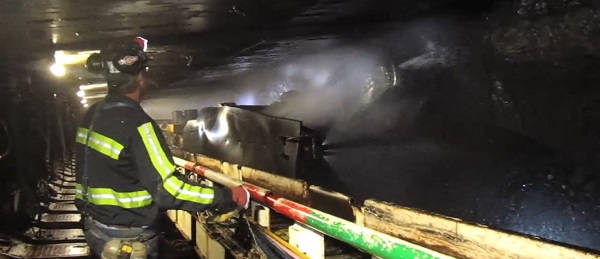
 Daily Caller1 day ago
Daily Caller1 day agoTrump Executive Orders ensure ‘Beautiful Clean’ Affordable Coal will continue to bolster US energy grid
-

 Business1 day ago
Business1 day agoChina, Mexico, Canada Flagged in $1.4 Billion Fentanyl Trade by U.S. Financial Watchdog
-

 2025 Federal Election1 day ago
2025 Federal Election1 day agoTucker Carlson Interviews Maxime Bernier: Trump’s Tariffs, Mass Immigration, and the Oncoming Canadian Revolution
-
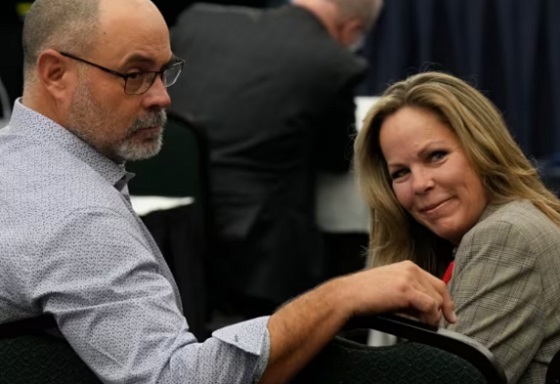
 COVID-1920 hours ago
COVID-1920 hours agoTamara Lich and Chris Barber trial update: The Longest Mischief Trial of All Time continues..
-
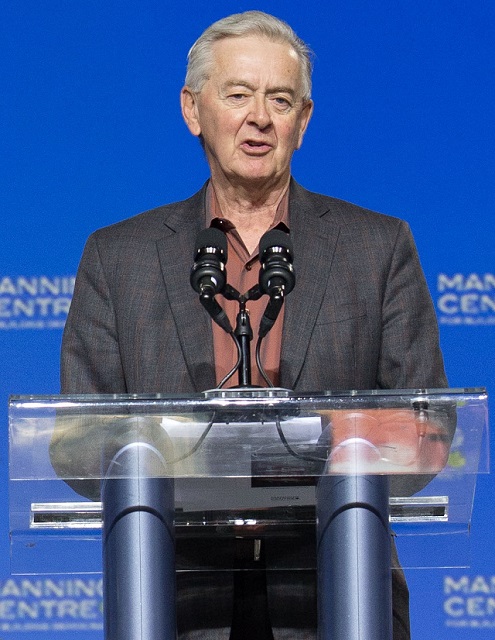
 2025 Federal Election23 hours ago
2025 Federal Election23 hours agoAllegations of ethical misconduct by the Prime Minister and Government of Canada during the current federal election campaign
-
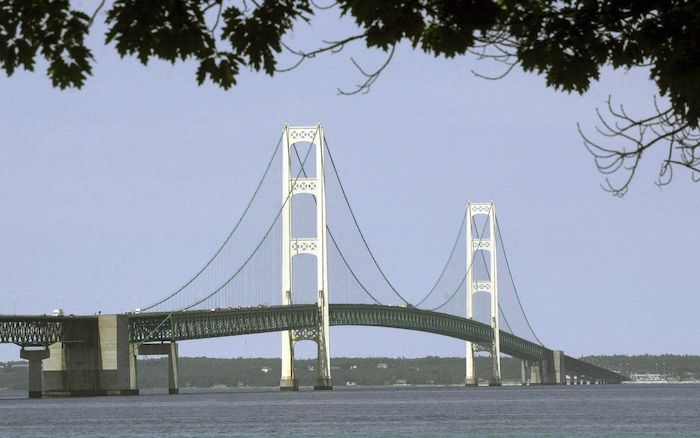
 Energy21 hours ago
Energy21 hours agoStraits of Mackinac Tunnel for Line 5 Pipeline to get “accelerated review”: US Army Corps of Engineers
-

 Business1 day ago
Business1 day agoDOGE Is Ending The ‘Eternal Life’ Of Government



